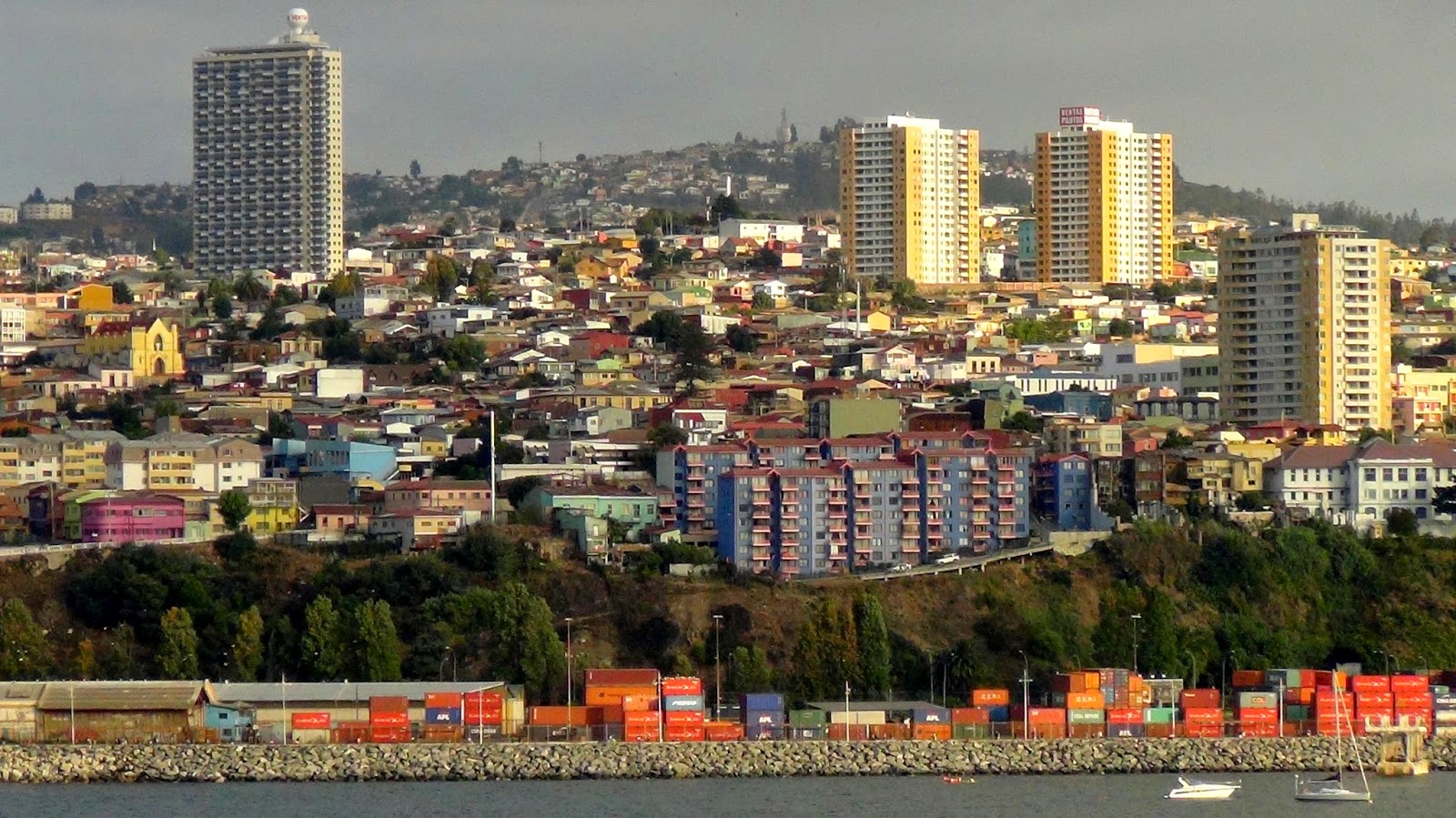Vancouver,
British Columbia most
recently ranked by The Economist as the
number one “most livable city in the
world”. Vancouver is a picturesque city surrounded
by the waters of the Pacific Ocean and
the snow capped peaks of the Coast
Mountain range. Every bit as cosmopolitan
as Seattle, with a distinctive European
flair, Vancouver is the Canadian jewel of
Puget Sound. The city is rapidly expanding,
yet still maintains its serene beauty and
desirable lifestyle.
Vancouver
is Canada’s third largest city with many
unique neighborhoods to explore
including Gastown, Yaletown, Chinatown
and the West End. Located 26 miles
northwest of the United States border,
Vancouver is considered a major Pacific
Coast seaport while being the foremost
commercial, financial, tourist and cultural
center of British Columbia.
Archaeological
evidence shows that the Coast
Salish people had settled the Vancouver
area by 500 BC. In the 1870s, Vancouver
was founded as a sawmill settlement
called Granville. In 1858, gold was
discovered on the Fraser River. It triggered
a massive invasion of more than 25,000
Americans with high hopes and forced the
governor to declare the area a British
Colony. In 1886, the city was incorporated
and renamed Vancouver after Captain
George Vancouver, a British naval captain
who explored the area in 1792.
Today,
Vancouver is one of Canada’s most important
cities and one of the world’s major
economic centers. More than two million
people currently live in the Greater Vancouver
area. With a reputation as one of the
most livable cities in the world, it’s no
coincidence that the city’s population grows
steadily. Vancouver is a community proud of
its past with a keen eye toward a future
rich with promise.
Vancouver is home to Canada’s
largest Chinatown, which was
designated a Provincial Heritage in 1971 and
is the location for many exotic shops,
restaurants and the Chinese Cultural
Center. Chinatown features Dr.Sun
Yat-Sen Chinese Garden, which is the
only authentic classical Chinese Garden
outside of China.







